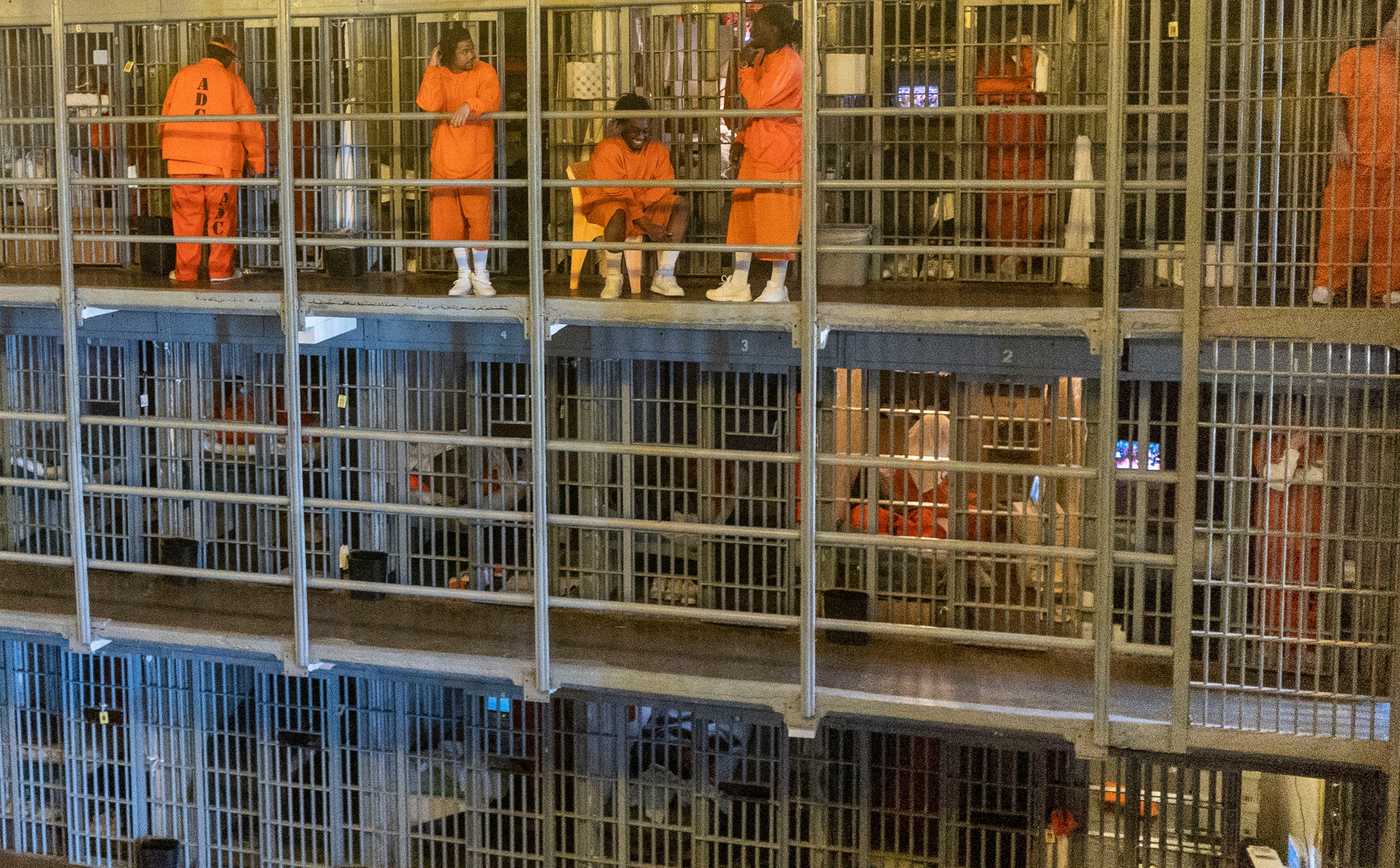Welcome to the world inside low security prisons. These federal correctional institution s provide a unique environment that is distinct from higher security facilities. With a focus on rehabilitation and reintegration, low security federal prisons offer a level of freedom and access to programs aimed at preparing inmates for successful reentry into society. Curious about what life is like within the walls of a low security prison? Let's take a closer look at the features and characteristics that define these facilities and the list of low security federal prisons across the country.
Daily Routine
In a low security federal prison, the daily routine is structured to maintain order and provide a sense of normalcy for inmates. Each day typically begins with a morning wake-up call followed by breakfast served in the dining hall. After breakfast, inmates may engage in educational programs, vocational training, or work assignments within the facility.
Throughout the day, there are designated times for recreational activities such as exercise, sports, and leisure time. Inmates are also given opportunities to participate in counseling sessions, group therapy, and other programs aimed at rehabilitation and personal growth. Meals are served at specific times in the dining hall, providing a social setting for inmates to interact with each other.
Evenings are often reserved for leisure activities, such as watching TV, reading, or engaging in hobby classes. The lights-out time signals the end of the day, allowing inmates to rest and prepare for the following day's routine. The structured daily schedule helps inmates adapt to prison life and develop a sense of responsibility and routine.
Facilities
Low security federal prisons typically provide a range of facilities to accommodate the needs of inmates. These facilities may include dormitory-style housing units, classrooms for educational programs, vocational training workshops, recreational areas such as gyms or outdoor sports fields, and communal dining halls where meals are served.
Inmates in low security prisons are often granted more freedom of movement within the facility compared to those in higher-security institutions. This can mean access to outdoor spaces for exercise and recreation, as well as participation in work programs or other constructive activities. However, strict rules and regulations are still enforced to ensure safety and security at all times.

Some low security federal prisons are known for their focus on rehabilitation and reintegration programs. These facilities may offer counseling services, substance abuse treatment, mental health programs, and job skills training to help inmates prepare for life outside of prison. By providing these resources, low security prisons aim to support inmates in making positive changes and reducing the likelihood of reoffending.
Rehabilitation Programs
Rehabilitation programs play a crucial role within low security federal prisons. These programs aim to help inmates address underlying issues contributing to their criminal behavior, such as substance abuse or mental health concerns. By providing access to counseling, educational opportunities, vocational training, and other support services, low security prisons encourage inmates to make positive changes in their lives.
Engagement in rehabilitation programs is typically voluntary, but many inmates choose to participate as a means of preparing for successful reentry into society. These programs not only equip inmates with valuable skills and knowledge but also foster a sense of responsibility and accountability. By focusing on personal growth and self-improvement, inmates are better positioned to reintegrate into their communities upon release.
Inmates who actively engage in rehabilitation programs often demonstrate lower rates of recidivism. By addressing the root causes of criminal behavior and empowering individuals to make positive choices, low security federal prisons contribute to the goal of reducing repeat offenses. Through a combination of educational, vocational, and therapeutic interventions, these facilities strive to support inmates on their journey toward rehabilitation and successful reintegration.
